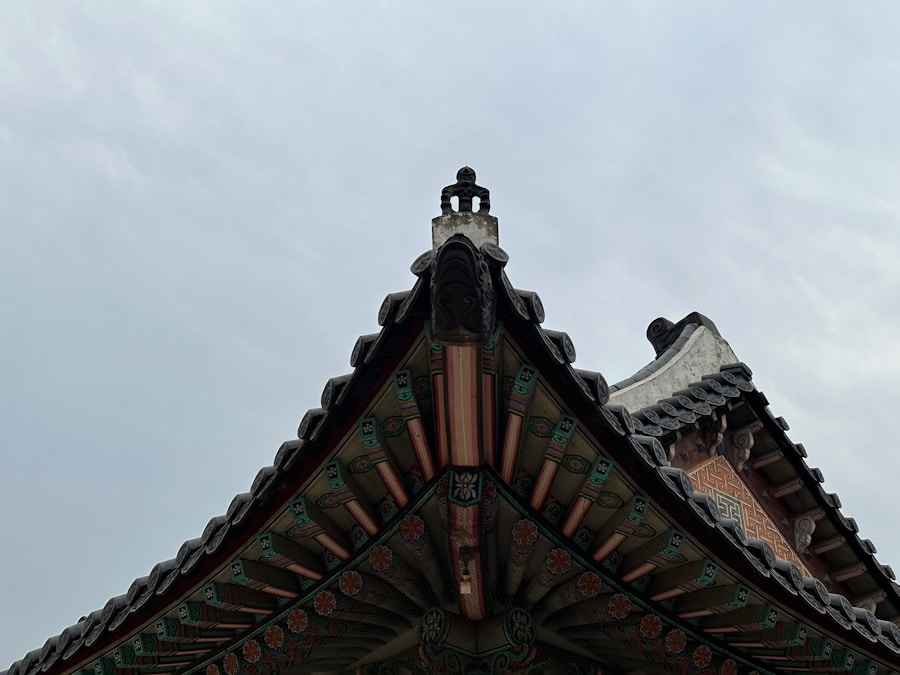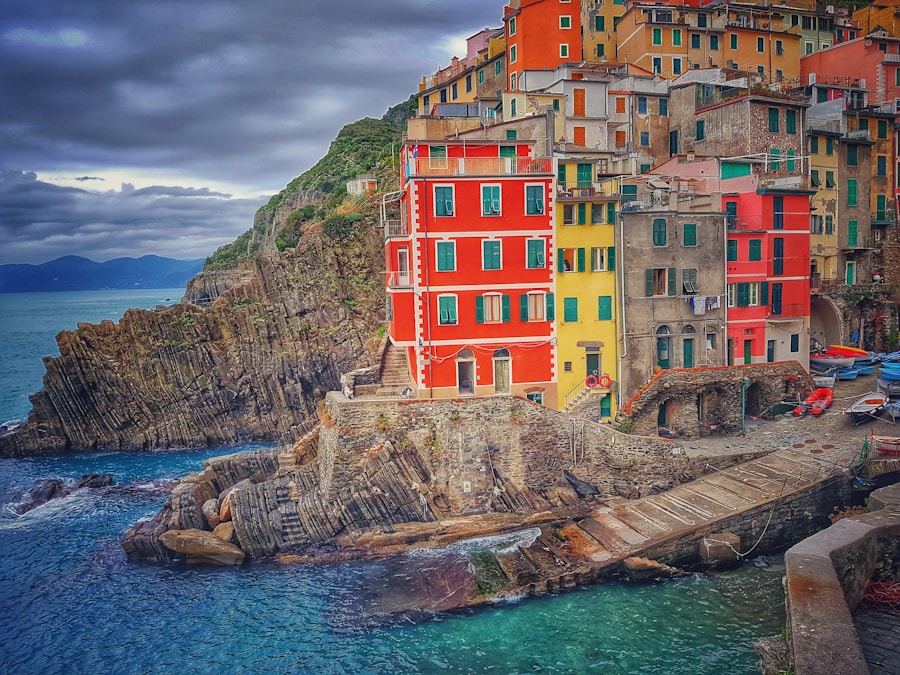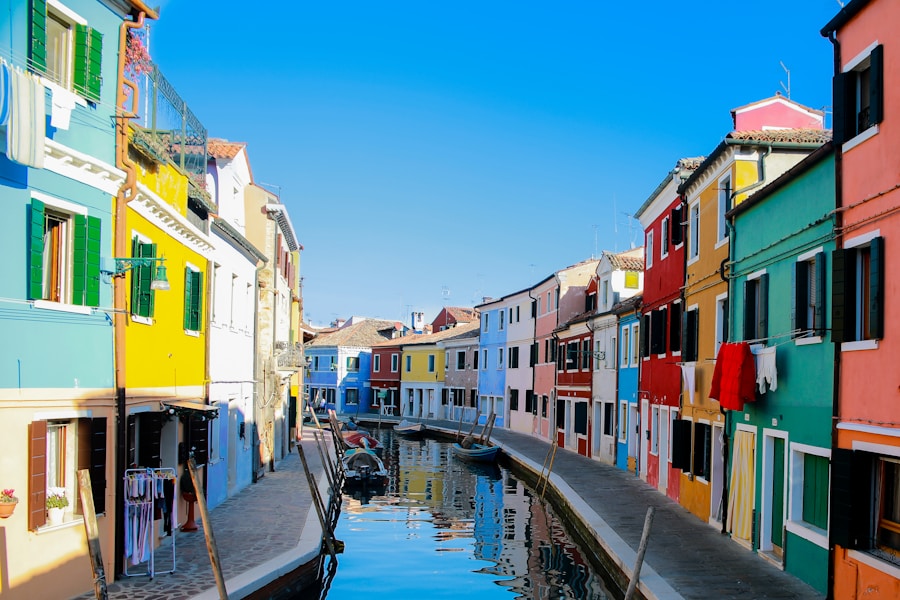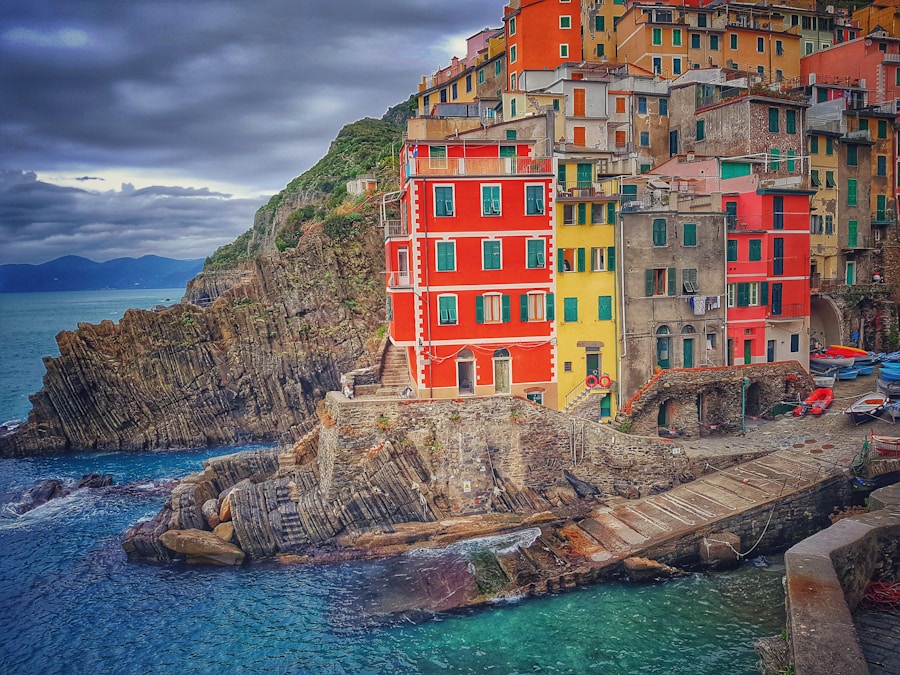Hato Caves, located on the Caribbean island of Curacao, are a natural wonder that have captivated visitors for centuries. These limestone caves are a popular tourist attraction, drawing in visitors from all over the world who are eager to explore their unique geological formations, indigenous art, and rich history. The caves are a testament to the power of nature and the resilience of the indigenous people who once called this island home. As you step into the cool, dimly lit interior of the caves, you can’t help but feel a sense of awe and wonder at the beauty and mystery that lies within.
The Hato Caves are a must-see destination for anyone visiting Curacao. Whether you’re a nature lover, history buff, or simply looking for a unique and memorable experience, the caves offer something for everyone. From the stunning rock formations to the ancient petroglyphs that adorn the walls, there is no shortage of things to see and explore. As you make your way through the winding passageways and cavernous chambers, you’ll be transported to another world, one that is steeped in history and natural beauty. The Hato Caves are a true hidden gem, waiting to be discovered by those who are willing to venture off the beaten path.
History and Formation of Hato Caves
The Hato Caves have a rich and storied history that dates back millions of years. Formed during the Cretaceous period, these limestone caves were created by the gradual erosion of the surrounding rock by water. Over time, the caves took on their unique shape and form, with stalactites and stalagmites adorning the ceilings and floors. The caves were once submerged underwater, but as the sea levels receded, they were exposed to the elements, allowing for the formation of their intricate geological features.
In addition to their geological significance, the Hato Caves also hold great cultural and historical importance. The indigenous Arawak people once used the caves as a place of shelter and worship, leaving behind intricate petroglyphs that offer a glimpse into their ancient way of life. These petroglyphs depict scenes of everyday life, as well as religious and spiritual symbols that were important to the Arawak people. The caves also played a role in the island’s colonial history, serving as a hiding place for escaped slaves during the period of Dutch rule. Today, the Hato Caves stand as a testament to the island’s rich and diverse history, offering visitors a chance to step back in time and explore the legacy of those who came before.
Unique Features and Geological Formations
The Hato Caves are home to a number of unique geological formations that make them a truly special place to visit. As you make your way through the caves, you’ll encounter towering stalactites and stalagmites that have formed over millions of years. These formations are created by the slow dripping of mineral-rich water from the cave ceilings, which leaves behind deposits of calcium carbonate that build up over time. The result is a stunning display of natural beauty that is unlike anything else in the world.
In addition to stalactites and stalagmites, the Hato Caves also feature other unique geological formations, such as flowstones and cave pearls. Flowstones are created when mineral-rich water flows over cave walls and floors, leaving behind layers of calcite that resemble frozen waterfalls. Cave pearls, on the other hand, are small, round formations that are created when dripping water deposits layers of calcite around a central nucleus. These formations are incredibly rare and can only be found in a few select locations around the world, making them a truly special sight to behold.
Indigenous Art and Historical Significance
The Hato Caves are not only a geological wonder, but also hold great cultural and historical significance. The caves are home to a number of ancient petroglyphs that were left behind by the indigenous Arawak people who once called this island home. These petroglyphs offer a fascinating glimpse into the lives and beliefs of these ancient people, depicting scenes of everyday life, as well as religious and spiritual symbols that were important to their culture.
The petroglyphs found in the Hato Caves are incredibly well-preserved, thanks to the dry and stable environment within the caves. This has allowed researchers to study and document these ancient artworks in great detail, shedding light on the history and culture of the Arawak people. The petroglyphs are a testament to the enduring legacy of these indigenous people, who left behind a rich artistic and cultural heritage that continues to inspire and captivate visitors to this day.
Wildlife and Biodiversity
While the Hato Caves are best known for their geological formations and historical significance, they are also home to a diverse array of wildlife and plant life. The caves provide a unique habitat for a number of species, including bats, insects, and cave-dwelling birds. As you make your way through the dimly lit passageways, you may catch a glimpse of these fascinating creatures as they go about their daily lives.
In addition to its resident wildlife, the Hato Caves also support a variety of plant life that is specially adapted to thrive in the dark and humid environment within the caves. Mosses, ferns, and other moisture-loving plants can be found growing on the cave walls and floors, adding to the otherworldly beauty of this unique ecosystem. The caves are also home to a number of unique species of cave-adapted animals, such as blind cave fish and shrimp, which have evolved special adaptations to survive in this dark and isolated environment.
Guided Tours and Visitor Experience
Visiting the Hato Caves is an unforgettable experience that offers something for everyone. Guided tours are available for visitors who want to learn more about the history and geology of the caves, as well as their cultural significance. Knowledgeable guides lead visitors through the winding passageways and cavernous chambers, sharing fascinating stories and insights along the way.
The guided tours also provide an opportunity to see the ancient petroglyphs up close and learn about their significance to the Arawak people. Visitors can marvel at the stunning geological formations that adorn the cave walls and floors, as well as catch a glimpse of the diverse wildlife that calls this unique ecosystem home. The tours offer a chance to step back in time and immerse yourself in the rich history and natural beauty of this incredible place.
Tips for Exploring Hato Caves
When exploring the Hato Caves, there are a few tips to keep in mind to ensure you have an enjoyable and memorable experience. First and foremost, it’s important to wear comfortable shoes with good traction, as some parts of the caves can be slippery. The caves can also be quite cool inside, so it’s a good idea to bring a light jacket or sweater to stay warm.
It’s also important to respect the natural environment within the caves by not touching or disturbing any of the geological formations or wildlife. Flash photography is not allowed inside the caves, as it can disrupt the delicate ecosystem and disturb any bats or other creatures that may be present. Finally, be sure to listen closely to your guide during the tour, as they will provide valuable insights into the history and significance of this incredible place.
In conclusion, visiting the Hato Caves is an experience unlike any other. From its stunning geological formations to its rich cultural history, there is no shortage of things to see and explore within this natural wonder. Whether you’re a nature lover, history buff, or simply looking for a unique and memorable experience, the Hato Caves offer something for everyone. So if you find yourself on the beautiful island of Curacao, be sure to make time for a visit to this incredible destination.









